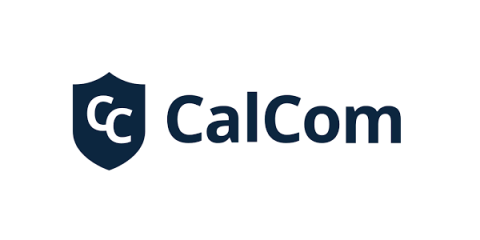How to tell if your organization's credentials have been involved in a breach
Stolen credentials are the easiest route into your organization for a hacker. Verizon’s 2023 Data Breach Investigation Report found that threat actors used stolen credentials in 49% of attempts to gain unauthorized access to organizations. The problem IT teams face is knowing when credentials have been stolen or leaked in a breach – otherwise you’re waiting to respond to a security issue rather than handling it proactively.











